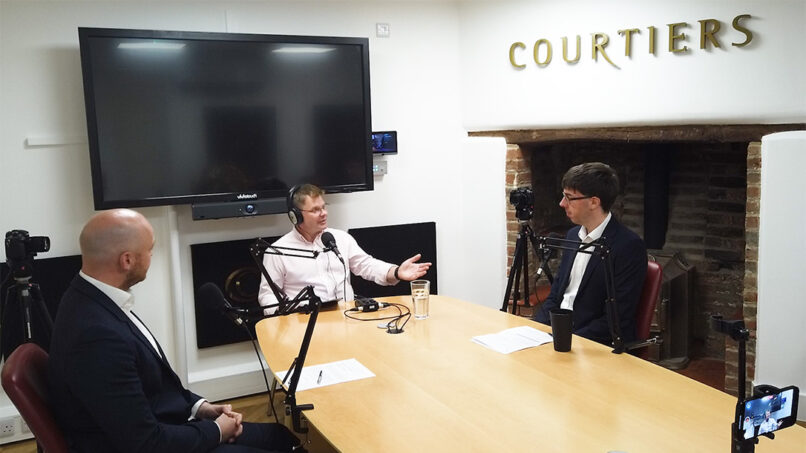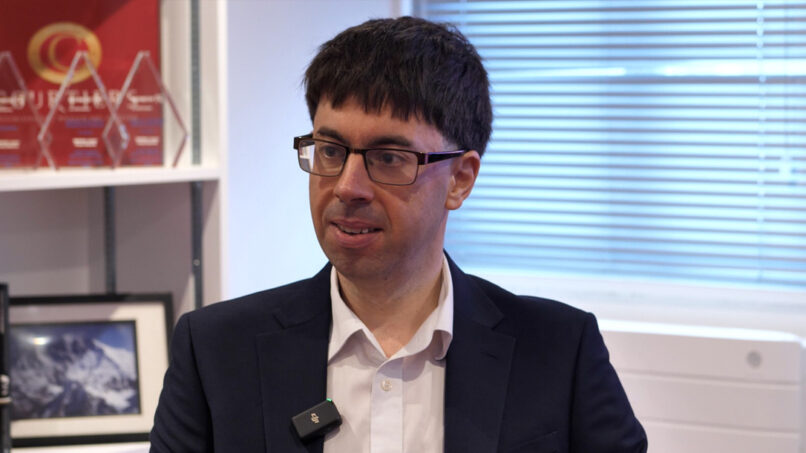The Courtiers Multi-Asset Funds generated positive returns in what has been an eventful second quarter of 2024.
The Cautious Risk, Balanced Risk and Growth Funds returned +0.71%, +0.75% and +0.84% respectively during the period, bringing their total returns for the year so far to +2.64%, +4.23% and +5.77% respectively. The UK Equity Income Fund gained +5.87% in a boisterous period for UK stocks, whilst the Ethical Value Equity Fund picked up +0.56% and the Global (ex-UK) Equity Income Fund returned -0.24%. The Investment Grade Bond Fund picked up +0.62% during the quarter.
Elections and delayed central bank interest rate cuts were the main sources of volatility in Q2. This dampened the broad market and pushed more money into US tech, echoing trends seen in 2023. This led to growth in US large-cap with the S&P 500 index rising +4.28% during the quarter, but medium-sized US companies, measured by the S&P 400 index, were down -3.45% and small US companies, measured by the S&P 600 index, lost -3.11%.
Small companies often trade at a premium to larger companies as they typically achieve higher returns over the long run. Once firms become large, they suffer from diseconomies of scale and their competitive advantage gets whittled away by smaller, more nimble organisations. The S&P 600, an index of 600 smaller US companies, has seen higher returns than its larger sibling, the S&P 500, for most of its life but with the largest US companies having recently become very expensive the S&P 600 has fallen behind. This presents an opportunity in the funds as the companies within the S&P 600 have not been this cheap since the financial crisis of 2008 and the discount normally paid for larger companies has not only moved to a premium, but a premium at levels not seen since the Tech Bubble of the late 1990s. We have taken advantage of this by moving a portion of our US exposure to smaller companies.
European stocks endured a topsy-turvy quarter. The Eurostoxx 50, an index of the largest companies in mainland Europe, declined -1.60% while smaller sized companies in Europe, measured by the Eurostoxx Small Index, fell -3.86%. European markets were enjoying a relatively buoyant quarter until President Macron called a snap French election in the aftermath of his loss to Marine Le Pen’s National Rally in the European elections. The two-round vote began at the end of June with the National Rally winning 34% of the vote. Markets recovered slightly on this news as it suggests the National Rally are unlikely to win a majority, but all eyes will be on the second round. Meanwhile European financials continued their recovery from the banking turmoil experienced last year as they rose +5.87% during the quarter. We have continued to add to our German exposure in recent months with the purchase of Deutsche Lufthansa.
The UK has been a bright spot in the funds in the last quarter, with markets shrugging off the snap general election called in May. The FTSE 100 Index rallied +3.75% and reached new all-time highs, while medium-sized companies measured by the FTSE 250 ex IT index amassed +2.85% and smaller companies measured by the FTSE Small-cap ex IT index rallied +9.27%. Small firms in the UK are more domestically focused and have therefore benefited from UK GDP growth coming in higher than expected. This has led to the strong quarterly performance of the Courtiers UK Equity Income fund which has material exposure to UK small-cap companies and also benefited the Multi-Asset Funds via their exposure to the UK fund and the Aberforth Smaller Companies Trust.
We continue to wait for a reduction in base rates in the UK. The Bank of England’s Monetary Policy Committee held rates at 5.25% in June, reluctant to make a move before the election. With inflation now at their target of 2%, a cut in rates at their next meeting in August looks highly likely.
The MSCI Emerging Market index returned +6.34% in local currency terms in Q2. China led the group of emerging markets, advancing +6.98%. This reversed the trend seen in Q1, where China lagged other emerging economies as it struggled with domestic demand and debt. During the quarter we expanded the emerging market portfolio in the Multi-Asset funds with a South African stock and a Korean telecoms firm.
Delayed cuts caused interest rates to rise and UK bonds to fall. UK government bonds, measured by the FTSE Gilts All Stocks index, slipped -0.89% and long-dated (over 15 years to maturity) gilts fell -2.77%. Sterling denominated corporate bonds, measured by the Markit iBoxx Sterling Corporates index, returned -0.21%. In the high yield market, the ICE Bank of America Sterling High Yield index rose +1.63%.
Commodities were a mixed bag during the quarter. The price of oil, measured by Brent Crude, fell -2.3% whilst agricultural commodities, such as wheat and corn, fell -6.86%. This is the seventh quarter in a row in which agricultural commodities have fallen, taking them well below the elevated levels we have seen in the last two years and easing inflationary pressure. Gold rose +4.93% during the quarter whilst the price of silver saw a sharp rise of +17.8%. Silver has more industrial uses so it can be an effective bellwether for global activity. Copper has similar properties and is often called “Dr. Copper” for its ability to check the pulse of the global economy. Copper appreciated +8.46% in Q2, marking its third consecutive quarter of gains and offering a sign that global activity is picking up.
In the currency markets, it was a positive quarter for the pound as it appreciated 0.17 % versus the US dollar, 0.89% against the euro and 6.47% versus the yen.













